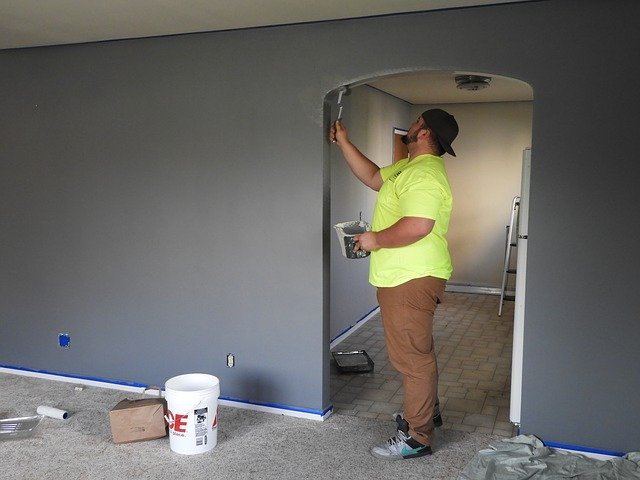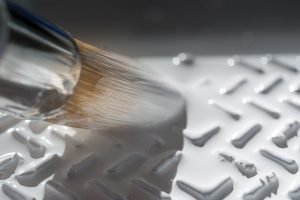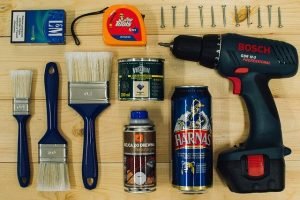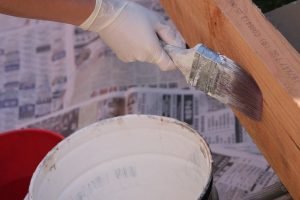
Having good working plumbing is very important to having a safe and healthy home. The following tips on fixing and maintaining your plumbing at home.
Don’t use harsh chemicals such as toilet tablets in your toilet. These products can be great when it comes to getting rid of odors, but unfortunately, they can cause significant damage to the rubber portions of your toilet. This can lead to it breaking down or having other issues.
Frozen Pipes
If you have a clogged toilet with a low water level and a plunger isn’t doing the job, it’s time to try adding a bucket of lukewarm water to the toilet from a around three feet or higher. This procedure can be repeated if the water level again returns to a level that is too low.
To eliminate the possibility of having frozen pipes, don’t let temperatures drop under freezing in your home, and insulate external pipes. Your plumbing can freeze if the air around them fall below 32 degrees. It takes time in order for thawing to occur so you can have running water. However, frozen pipes commonly break or crack pipes, which would cause a huge mess and an extremely big repair bill.
A great way to knock out your plumbing issues in one shot is to schedule everything at once. You might be tempted to contact a plumber every time you face a small problem, but if you have problems repaired all at once, you will have time to save money for the fixes. Because most plumbers charge labor by the hour on top of a flat call rate, you can significantly reduce your bill by reducing the trips they make to your home.
Pump out your septic tank every five years to keep it in proper working well. While it may cost a bit to have your septic tank pumped out, the cost is much higher to have sewage and backups cleaned up and your septic tank repaired or replaced.
If you notice water draining into your dishwasher, check how the kitchen sink hoses are installed. The hose connecting the sink the the dishwasher should be at an uphill angle and then downhill to prevent the water from mixing.
Knowing what tools are what and how to use them can help greatly in your plumbing experience. Before attempting any repairs, plan ahead, a mistake could make repairs even more costly.
To reduce your plumbing repair costs, use preventative maintenance measures. One of the most common repairs involves fixing drain clogs. Built up hair can actually clog drains. This can be prevented by using a drain cover or screen to keep the hair from going down the drain. It’s a lot easier to take hair out of a screen than to pull it from a pipe.
Never put your bare hands to try fixing your garbage disposal. Even an un-powered garbage disposal is turned off they can be dangerous.You can look online to get schematics or troubleshooting advice for the disposal that you have.
Cleaning an aerator can remove sediment buildup that causes low water pressure. First, you should remove and disassemble the aerator. Next, clean it with a brush that has been dipped in white vinegar. Rinse and reassemble the aerator, then reattach it to your faucet. Remove the sediment from the aerator to increase water pressure.
Schedule all your plumbing work simultaneously.You might be tempted to call the plumber every time you need something fixed, but if you have problems repaired all at once, you will have time to save money for the fixes. Most plumbers charge an hourly rate and a flat rate for the trip: asking a plumber to fix multiple problems in one trip is cheaper than calling them more than once.
Don’t bother running water when you use your garbage disposal. Most plumbers advise that you run water when using your garbage disposal, although many disagree. However, some advice that it can prevent garbage sticking to your disposal, preventing damage. Read your product guide for instructions.
Pour baking soda followed by vinegar down your bathtub drain every month.Plug up the opening or cover it with a cloth while the chemical reaction to occur. Wait for a little while, then flush with boiling water. This procedure should help clear your pipes by clearing out hair and soap scum.
Clean out plugs can be extremely tricky to remove; they tend to stick easily. Here are two ways you can use to deal with a stubborn plug. The first method involves a hammer and chisel to loosen the fitting. If that fails, you will have to cut completely through the plug.
This article should have shown you all the tips and tricks you need to start repairing your plumbing by yourself. Using this advice for your plumbing needs saves you the money you would spend on a plumber.
No matter what plumber you use, you should know a little about him before he comes to the door. Even if your insurance company assigns a plumber to you, you can get online and learn his name and the quality of his work. Though your insurer may determine the plumbing company that will work on your house, you still have the ability to look them up, read customer reviews and prepare for their visit.



